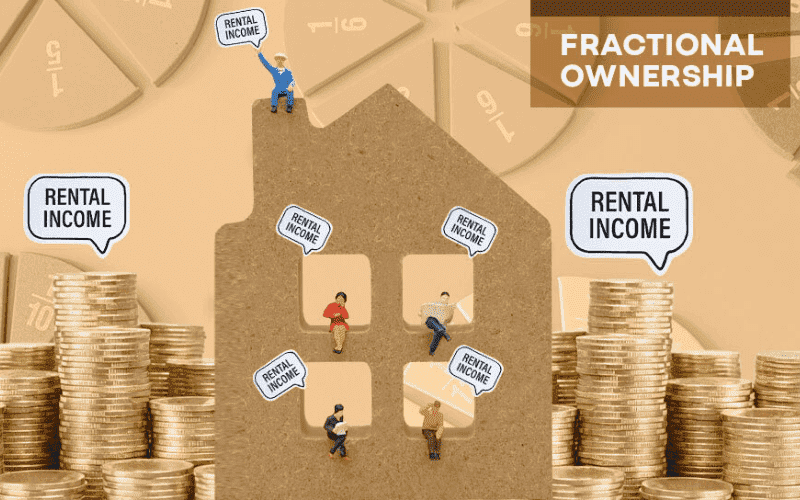Tokenization of Real-World Assets: From Real Estate to Picasso

Imagine being able to own a fraction of a Manhattan apartment, a Picasso painting, or even a Rolex Submariner without needing millions in your bank account. This is the promise of tokenization on the blockchain. It is not science fiction. It is an emerging use case that is gaining traction in finance, technology, and even luxury goods markets.
What is Tokenization?
At its simplest, tokenization is the process of turning ownership of a physical or digital asset into a digital token that lives on a blockchain. Each token represents a fraction of the underlying asset, which allows ownership to be divided, transferred, and traded with ease.
Think of it as converting a skyscraper, a rare watch, or a piece of art into digital shares. Each share is recorded on the blockchain, which ensures transparency, security, and an immutable record of who owns what.
Why Tokenize Assets?
There are three main reasons why tokenization has gained attention:
Accessibility: Tokenization lowers the barrier to entry for investments. Instead of needing the capital to buy an entire building or a rare watch, an investor can purchase a token that represents part ownership.
Liquidity: Real estate, fine art, and collectibles are traditionally illiquid markets. Tokenization allows these assets to be traded like stocks, creating the potential for faster sales and more dynamic markets.
Transparency and Security: Since transactions are recorded on a blockchain, ownership records are clear and nearly impossible to alter. This reduces fraud and increases trust between buyers and sellers.
Real Estate as the Classic Example
Real estate is often cited as the most obvious use case for tokenization. A building in New York could be divided into thousands of tokens. Investors purchase these tokens to gain fractional ownership of the property. Income from rent or appreciation in value can be distributed to token holders, much like dividends in the stock market.
Platforms such as RealT and Lofty have already begun offering tokenized real estate, showing that the concept is not limited to theory. For smaller investors, this creates a path to participate in markets that were once reserved for large institutions.
Luxury Goods and Collectibles
Tokenization is not limited to property. Collectibles and luxury goods are also entering the space. Watches, art, vintage wine, and even classic cars are being turned into tokenized assets.
Imagine a Rolex Daytona valued at $50,000. Instead of one owner keeping it in a safe, the watch could be secured in a vault while tokens are sold to investors. Each token represents a piece of ownership. If the value of the Daytona rises, the token holders benefit proportionally. Some platforms have already experimented with this model, blending blockchain with the collectibles market.
The same logic can be applied to fine art. High-value works that would normally sit in a museum or a wealthy collector’s home could be shared with investors worldwide, each with a verifiable stake in the asset.
Challenges of Tokenization
Tokenization is not without its challenges.
Regulation: In many cases, tokenized assets fall under securities laws. Governments are still determining how to regulate these markets, and legal uncertainty slows adoption.
Custody: Someone has to store and secure the real-world asset. Whether it is a Rolex in a vault or a Picasso in a gallery, the physical custody of tokenized goods is a serious issue that requires trusted custodians and clear legal agreements.
Market Adoption: Investors and institutions are still cautious. While tokenization sounds promising, building trust in these new markets will take time and consistent success stories.
The Future Outlook
Despite challenges, tokenization continues to gain momentum. Large financial institutions such as BlackRock and JPMorgan are exploring tokenization as a way to modernize markets and improve liquidity. The trend points toward a future where assets from bonds to real estate to personal data can be represented and exchanged as tokens.
Tokenization bridges the gap between the physical and digital economies. It enables ownership models that are more flexible, more transparent, and more inclusive.
Conclusion
Tokenization could fundamentally change how we think about ownership. Whether it is a skyscraper in New York or the watch on your wrist, blockchain allows these assets to be divided, shared, and traded in ways that were once impossible. The journey from real estate to Rolex watches is only the beginning of what tokenization can achieve.
